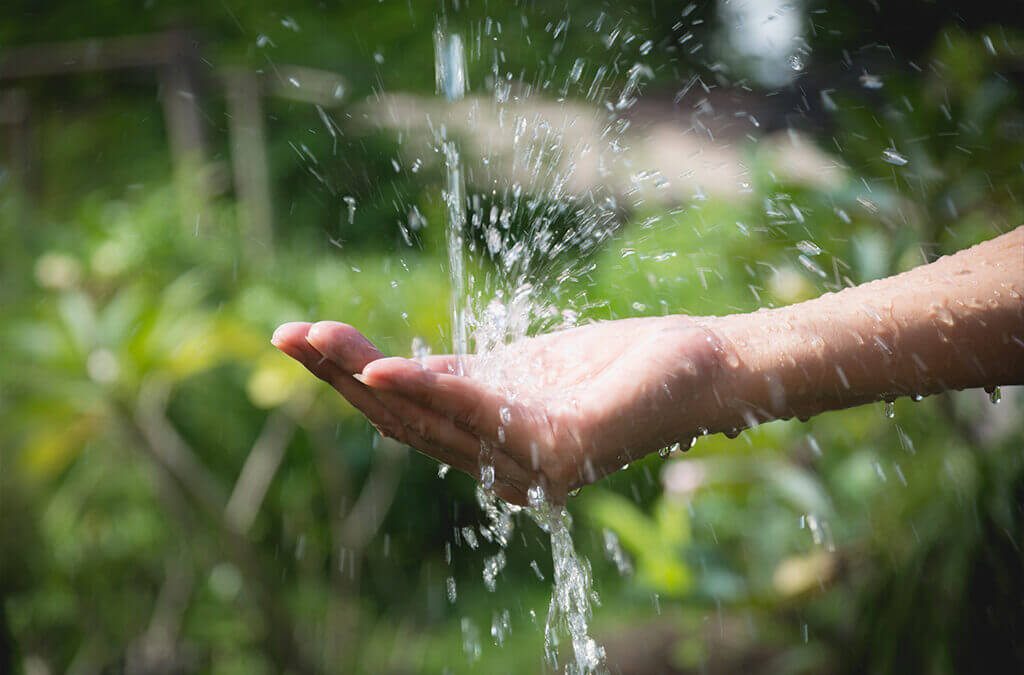The legionella bacteria grows and thrives in man-made water systems where certain conditions are present.
These conditions can include optimum temperatures that encourage bacterial growth, stagnant or slow-moving water and systems where there are contaminants present.
However, how long can legionella survive in water?
And, if you contract legionnaires’ disease from it, what are the likely consequences?
Legionella Bacteria in Water
Given the right conditions, legionella can survive for a long time. It lives in a temperature range of 20°C to 45°C.
In temperatures above 50°C, it starts to die off, and temperatures above 60°C will definitely kill it.
But in temperatures below 20°C, legionella does not die but simply becomes dormant. Effectively, it goes into hibernation, until the conditions are right for it to start to thrive again.
This means that if you do not manage the temperature in your water systems effectively, or introduce other methods of controlling legionella risk, the bacteria can, in theory, survive indefinitely.
The optimum temperature for legionella growth is 37°C. This is also the core human body temperature. This has serious implications for anyone contracting legionnaires’ disease. Because the optimum temperature for legionella aligns with human body temperature, it can attack the body with lethal efficiency.
What are the Symptoms of Legionnaires’ Disease?
The group of illnesses caused by legionella go under the collective name of legionellosis. The most serious of these is legionnaires’ disease, caused by the legionella pneumophila species of bacteria.
Other related illnesses, Lochgoilhead fever and Pontiac fever, are self-limiting and die off eventually, but legionnaires’ disease has the potential to be fatal.
If you catch the disease, the initial symptoms are flu-like and can include fever, muscle ache, headache, a tight chest, dry cough, sickness and diarrhoea.
However, left untreated, legionnaires’ disease attacks the lungs and can lead to impaired body functions as the lungs become unable to transmit blood to the organs. Sufferers can fall into a coma and die.
Therefore, the quicker you get treatment, the better the outcome is likely to be.
How Long Does Legionnaires’ Disease Last?
Symptoms of the illness usually begin 2–10 days after exposure to the legionella bacteria, but can come as late as two weeks after exposure.
People contracting legionnaires’ disease require hospital treatment, which can involve liquid antibiotics, oxygen and even a respirator to help with breathing.
Further recovery at home usually involves up to three weeks of treatment with antibiotics. But with the right treatment, sufferers should make a full recovery.
Protecting People from Legionella
There is a range of control measures for managing and controlling legionella, including water treatment using a specialist disinfectant.
For more information about legionella control and the use of Oxyl-Pro disinfectant, please call us on +44 1606 851 782, email enquiries@oxylpro.com or complete our contact form.

